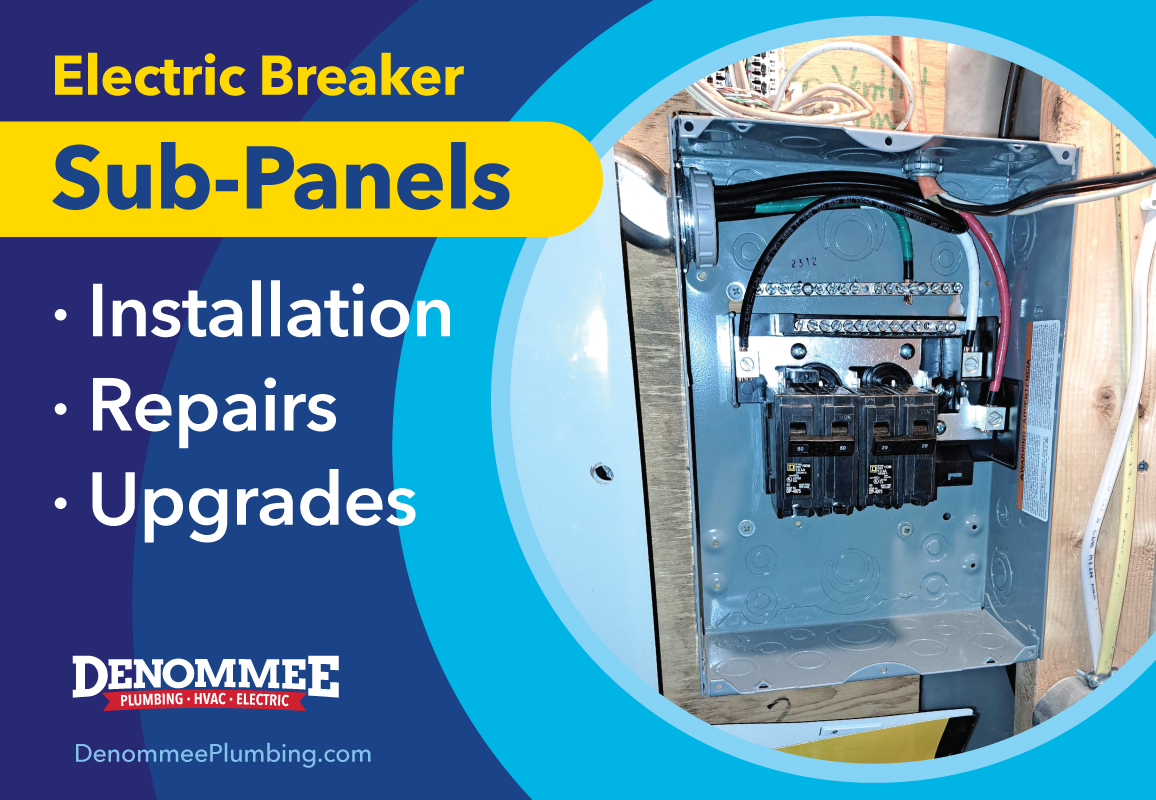Operating off power from the main breaker box, sub panels are like waypoints to direct electrical power to a different areas within buildings. They perform a lot of the same tasks as the main panel, such as ensuring electrical appliances don’t get fried by power surges. Using a sub-panel over the main panel can offer a higher level of flexibility for electrical systems.
Some of the common use cases include the following.
• Offers More Circuit Space: If the main panel is overcrowded, it could become a fire hazard. Keeping a main panel manageable may require breaking the electrical distribution system up into a series of sub-panels, depending on how many areas needed to cover.
• Safety Considerations: sub-panels are excellent ways to make a more secure electrical system. In the event of an fault to a sub-panel-controlled circuit, simply switching off the sub panel suffices to isolate the issue and remedy.
• Separate Uses for Power: Many have garages where different types of heavy machinery and EV chargers are operated. Connecting a sub-panel to deal with different power requirements is a smart choice to keep things organized and managed.
Installing and modifying sub-panels is not do-it-yourself work. Installation by a non-professional could lead to risks of electrical hazards, shock, or worse. Avoid taking the risk and call the experts at Denommee Plumbing, HVAC & Electric for sub-panel installation to code compliance and complete customer satisfaction. Let us use our experience to help you. Request our Electric services via DenommeePlumbing.com

